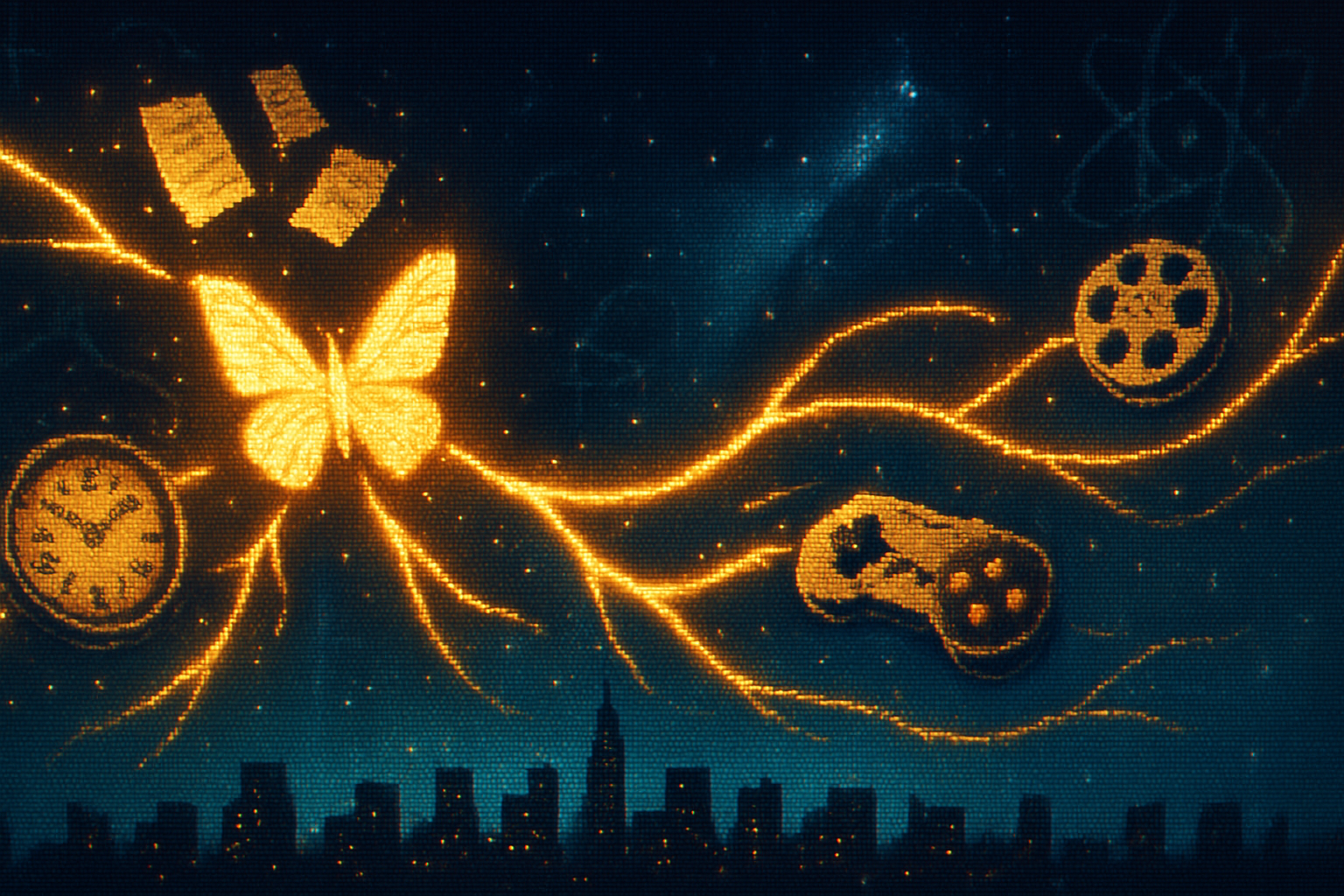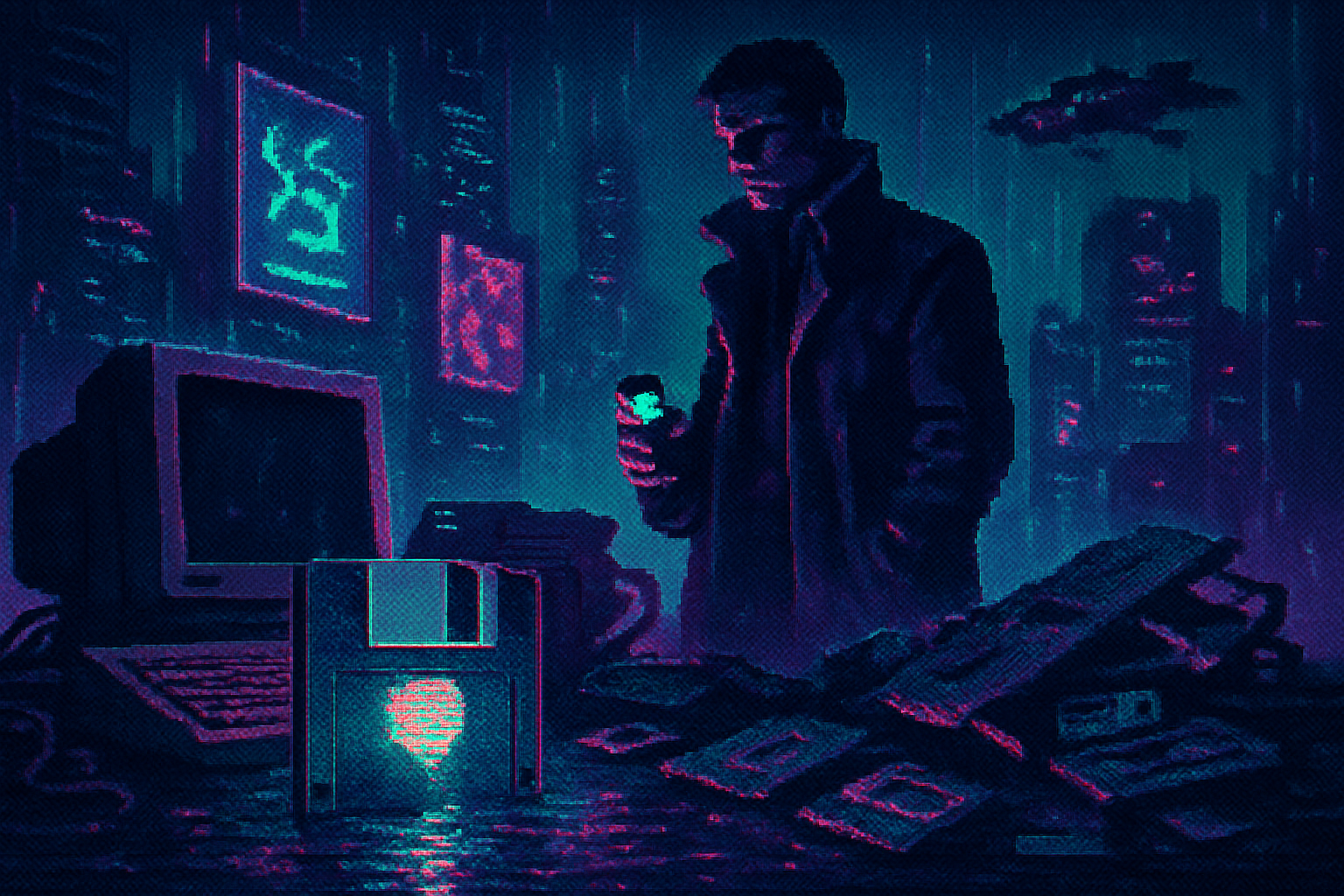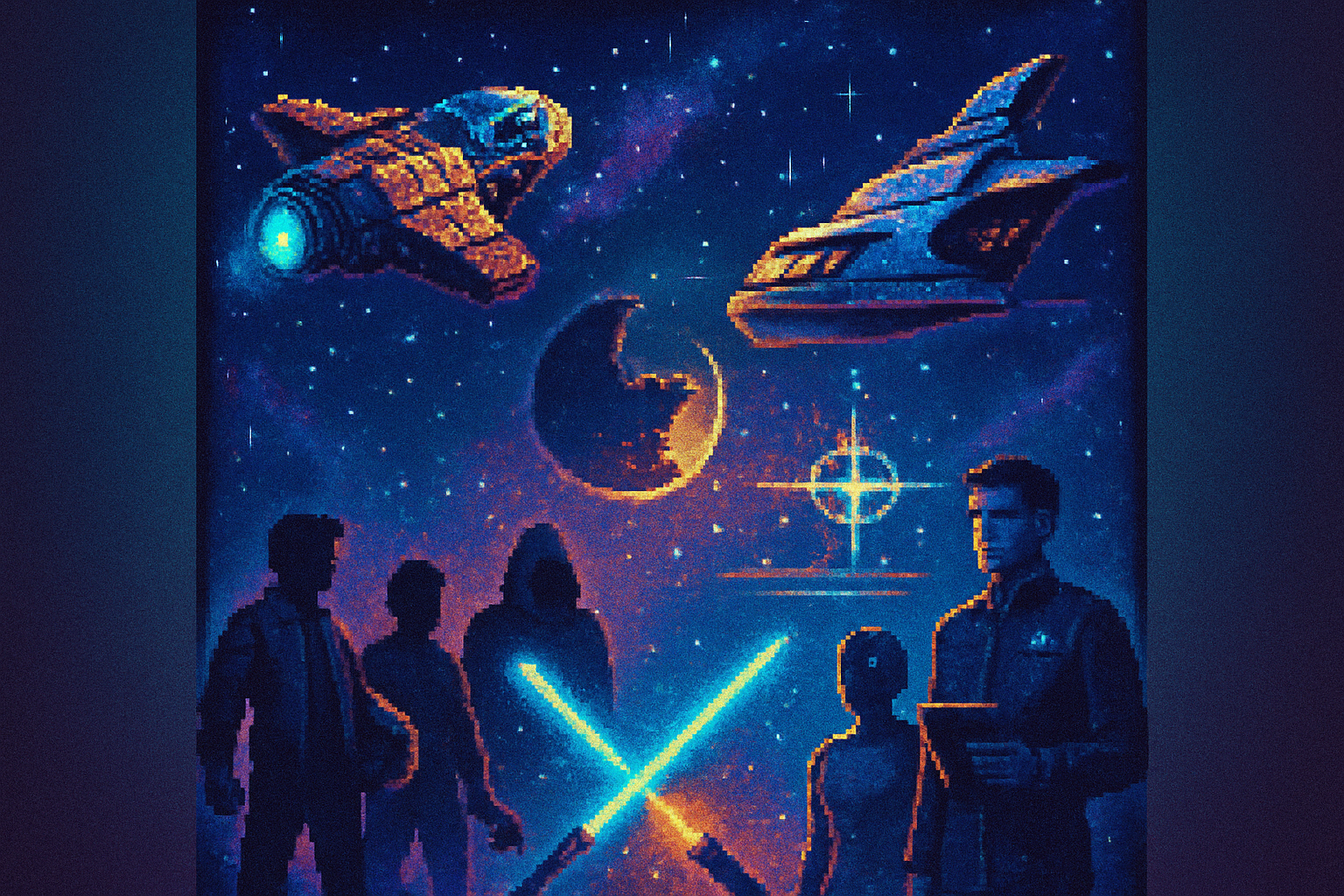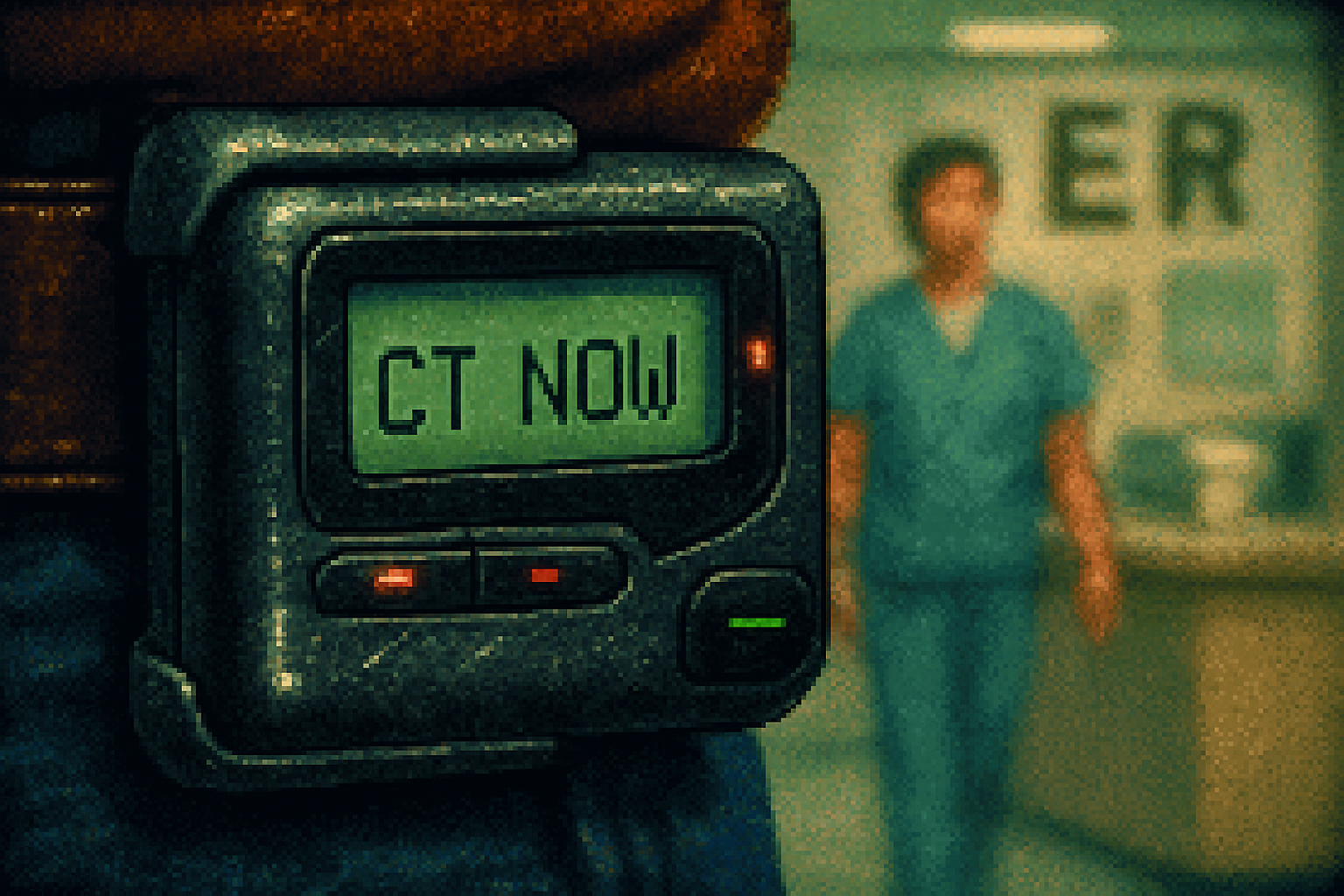· culture · 8 min read
The Butterfly Effect in Modern Time Travel: Understanding Its Impact on Our Choices
How modern time-travel stories visualize the butterfly effect and what those fictional lessons teach us about real-world decision-making. From chaos theory and quantum philosophies to practical tools for making better choices, this article unpacks the science and the storytelling.

Introduction
The idea that a tiny change can ripple into dramatic consequences-often called the “butterfly effect”-has become a storytelling cornerstone of modern time-travel narratives. Films, TV shows, novels and video games use time loops, branching timelines and paradoxes to dramatize how small actions can reconfigure entire futures. But these narratives are more than spectacle: they reflect real ideas from chaos theory and quantum physics and offer useful metaphors for how we make decisions in complex systems.
This article explores how contemporary time-travel stories portray the butterfly effect, explains the scientific and philosophical ideas that underpin those portrayals, and draws practical takeaways you can apply to everyday choices, planning and ethics.
The butterfly effect - a quick primer
The phrase “butterfly effect” was popularized by meteorologist Edward Lorenz to describe sensitive dependence on initial conditions in chaotic systems: a minuscule change in a system’s starting point can lead to vastly different outcomes over time. In Lorenz’s words, the flap of a butterfly’s wings might ultimately set off a tornado weeks later. The concept sits within chaos theory and highlights unpredictability in deterministic systems where small differences amplify exponentially [https://www.britannica.com/science/butterfly-effect].
Key characteristics:
- Sensitive dependence - tiny initial differences grow fast.
- Deterministic chaos - the system follows rules but outcomes are effectively unpredictable across long horizons.
- Nonlinearity - outputs are not proportional to inputs; small inputs can produce huge outputs.
The butterfly effect gives fiction a neat visual and moral hook: show one small change (a stray phone call, a missed train) and let the ripple cascade across history.
How modern time-travel narratives dramatize the effect
Writers and game designers use a handful of narrative devices to represent sensitive dependence and its moral weight.
- Branching timelines - Small choices create alternate histories (e.g., many science-fiction stories and games). The emotional punch comes from watching how one choice yields wildly different lives.
- Time loops - Repetition reveals how tiny timing shifts cascade (e.g., Groundhog Day–style stories and some episodes of anthology series).
- Butterfly-as-motif - Literally placing a butterfly or similar symbol at the moment of change (used in many visual works to cue the concept).
Notable examples:
Back to the Future (1985) - Marty McFly’s interference with his parents’ meeting threatens his own existence. The film dramatizes how a single social interaction can alter an entire family line.
- Back to the Future uses comedic stakes, but the underlying theme is that small social actions have long-term structural consequences.
The Butterfly Effect (2004) - Explicitly named for the concept, this film shows a protagonist who alters his past in ways that create unpredictable, often worse, outcomes.
Steins;Gate (anime/manga) - A near-future scientist discovers time travel and confronts branching realities, moral trade-offs and the heavy cost of attempting to optimize outcomes-an intimate portrait of iterative tinkering with a system that resists precise control.
Dark (Netflix) - A dense, cyclical narrative of cause and consequence where small choices are entangled with fate and temporal loops, emphasizing how personal decisions reverberate across generations.
Life Is Strange (video game) - Uses the butterfly effect as a mechanic and metaphor-choices you make early (seemingly trivial) produce large, emotional differences in story outcomes. The game’s framing teaches players to anticipate nonobvious downstream consequences.
These works differ in tone and internal physics (single timeline vs. branching multiverse vs. self-consistent loops), but they all show that small actions may cascade into large consequences-sometimes unpredictably.
Physics and philosophy under the hood
Time-travel stories take inspiration from real scientific and philosophical positions. Here are the main ones that inform how narratives portray the butterfly effect.
Chaos theory and deterministic sensitivity - As noted above, chaotic systems can be deterministic yet unpredictable. Many story conceits use this to justify that small past changes produce large present shifts [
Many-Worlds Interpretation (MWI) - In quantum mechanics, MWI says every quantum event may branch into multiple worlds. Applied to time travel, this supports branching timelines: changing the past creates a new branch rather than overwriting a single history [
Novikov self-consistency principle - This idea holds that events on a timeline are self-consistent-attempts to change the past that would create paradoxes are impossible. Fictionalized as “you can’t change what’s already happened,” this leads to predestination paradoxes rather than branching [
Retrocausality and quantum correlations - Some physicists explore the possibility that causation at quantum scales can be nonlocal or time-symmetric. These ideas are controversial but fertile for narrative speculation about subtle backward influences [
Writers pick and choose these positions to match their narrative goals. Branching timelines let authors explore “what if” scenarios without moral determinism; self-consistent loops raise fatalism and ethical complexity.
What stories teach us about real-world choices
Time-travel fiction is a dramatized form of the same problem decision-makers face in complex, interconnected systems: actions have downstream consequences that are hard to foresee. Here are practical lessons we can extract.
- Small actions matter - but not always predictably
Recognize that small decisions can have outsized effects. This doesn’t mean every tiny choice will topple society, but under certain conditions (lever points, high connectivity), a small nudge can cascade. Identify leverage points where small inputs yield big outcomes.
- Think in scenarios, not certainties
Because of sensitive dependence, forecast via multiple scenarios. Use branching “what if” thinking to map plausible futures rather than a single projected outcome. Scenario planning helps you anticipate divergent downstreams.
- Prioritize robust and reversible choices
When consequences are uncertain, favor options that perform acceptably across many possible futures (robustness) and can be undone or mitigated (reversibility). This reduces the risk of irreversible harm from a single mistake.
- Use feedback and iterative learning
Steins;Gate and iterative-loop narratives show the cost of optimizing without good feedback. In real systems, small, frequent experiments with fast feedback let you adapt before changes amplify.
- Maintain decision hygiene - traceability, documentation, and humility
Record why you made a choice and what assumptions guided it. In complex systems, tracing back decisions helps you learn later which initial conditions mattered. Combine that with intellectual humility: expect surprises.
- Consider moral externalities and collective action
Time-travel stories often focus on personal responsibility for big outcomes. In real life, many consequences are collective. Recognize shared responsibility, and design institutions and norms that account for diffuse downstream effects (e.g., climate policy, public health).
- Avoid overconfidence in optimization
Some narratives show protagonists attempting to create a “perfect” timeline and failing. Real-world analog: optimization that ignores tail risks can amplify fragility. Build optionality and avoid tightly coupled single-point failures.
Decision tools inspired by these lessons
Pre-mortem - Imagine a future failure and work backward to identify initial missteps. This reverses the usual planning sequence and highlights sensitive initial conditions.
Scenario trees and branching diagrams - Make branching outcomes explicit. Even simple sketches of alternate branches can clarify where choices matter most.
Small-batch experiments - Test with limited exposure to learn cause-effect relationships before scaling.
Robustness checklist - Ask whether an option will still be acceptable across a wide range of futures; prefer strategies with graceful degradation.
Red-team thinking - Seek adversarial critique to expose hidden dependencies and nonlinear vulnerabilities.
Ethical angles: responsibility and unintended harm
Time-travel fiction usually dramatizes moral stakes: who is accountable for ripple effects? Fiction forces us to ask real ethical questions:
- When your small actions create distant harms, what is your moral duty to anticipate or mitigate them?
- How do we weigh known local benefits against uncertain global harms?
- Who gets to decide when to take experimental actions that could cascade? (Think geoengineering or new technologies.)
These questions push toward precaution for high-stakes choices, democratic deliberation for collective risks, and a bias for reversibility when consequences are uncertain.
Examples from the real world
Climate policy - Small policy choices (subsidies, regulations) can change investment paths and lock in technologies for decades, illustrating path dependence and sensitive dependence at societal scale.
Public health - An early misstep in an outbreak response can dramatically affect spread-again, small early actions with big downstream effects.
Technology platforms - Algorithm tweaks can amplify behaviors across millions of users; minor design choices can cascade into cultural shifts.
These are not metaphors alone-they show the practical reality that initial conditions and early interventions often set trajectories.
Recommended time-travel works and further reading
- Films - Back to the Future (1985), The Butterfly Effect (2004), Primer (2004).
- TV - Dark (Netflix), Steins;Gate (anime).
- Games - Life Is Strange (Dontnod), Outer Wilds (not time travel exactly, but explores loop consequences and knowledge accumulation).
- Reading - Edward Lorenz on chaos theory [
Conclusion - from fiction to practice
Modern time-travel narratives give us vivid, emotionally resonant ways to think about the butterfly effect: small choices, connected systems and unpredictable cascades. While real-world systems are messier than story logic, the metaphors are useful. They remind us to look for leverage points, design for reversibility, use iterative feedback and take collective responsibility for long-run impacts.
In short: accept that small things can matter. But instead of paralyzing fear of unintended consequences, use that insight to improve how you plan, decide and experiment-so your small actions are more likely to produce the futures you want.
References
- Edward Lorenz and the origin of the butterfly effect: https://www.britannica.com/biography/Edward-Lorenz
- Chaos theory overview: https://www.britannica.com/science/chaos-theory
- Many-Worlds Interpretation (Stanford Encyclopedia): https://plato.stanford.edu/entries/qm-manyworlds/
- Novikov self-consistency principle: https://en.wikipedia.org/wiki/Novikov_self-consistency_principle
- “Life Is Strange” and the butterfly effect (game overview): https://en.wikipedia.org/wiki/Life_Is_Strange



